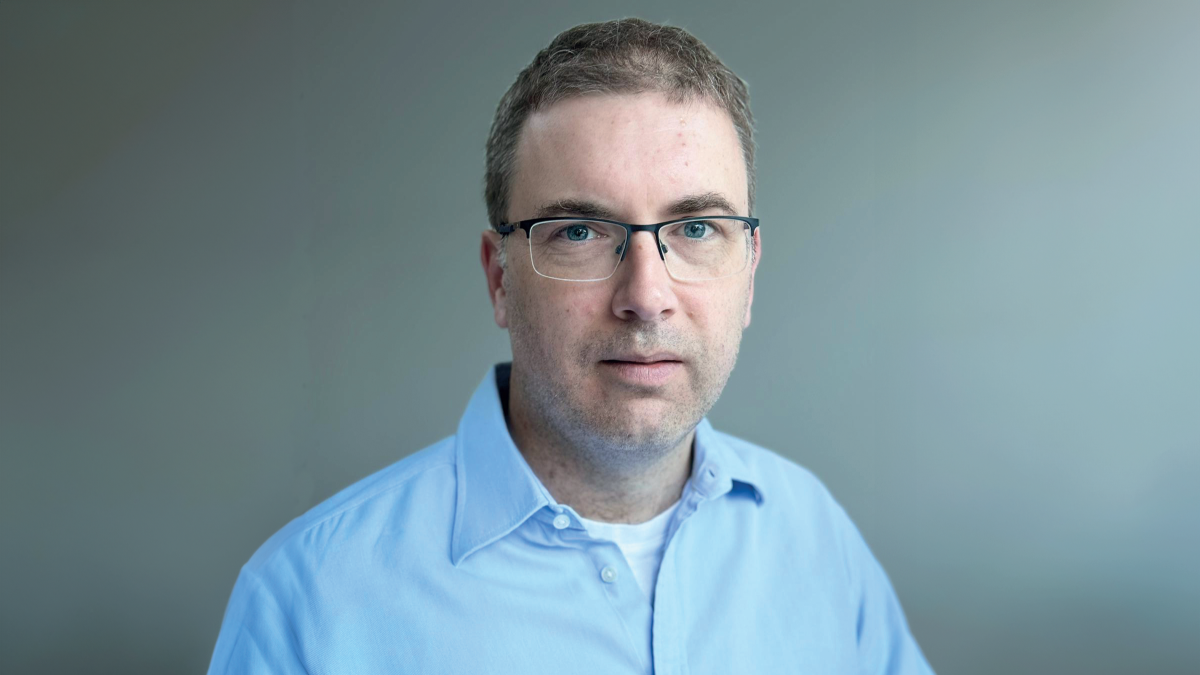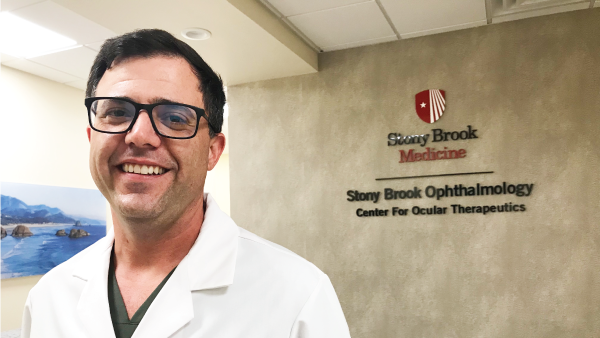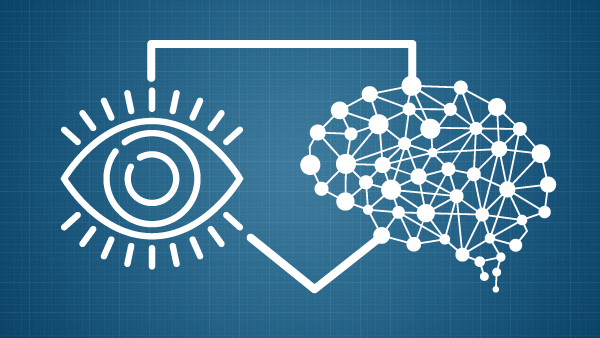The Ecosystem of Artificial Intelligence
Why the technological breakthroughs of the past provide the context for the current state of artificial intelligence
I believe there are parallels between where we are now in healthcare artificial intelligence (AI) and the dawn of the electrical age, which officially began on September 4, 1882, when the switch was flipped at Thomas Edison’s power station in lower Manhattan, New York. That exact moment was the culmination of 20 years of experimentation with many different prototype lightbulbs – but the bulb was only one small part of the story. Before it could work, a reliable source of electricity, a distribution system (or the “grid”), a connection system, and a measurement system needed to be in place. In other words, there had to be a network of innovations to make the lightbulb a viable, widespread alternative to candlelight.
Where we are today with AI is very similar to the 1870s – just before the age of the lightbulb. You could say that we have produced a prototype lightbulb, written about it widely, but the bulb fizzles out after two hours’ use. What we need now is the right supporting ecosystem in place to take advantage of AI’s real potential. Although we have trained AI systems on millions of OCT scans (more than a leading ophthalmologist would see in several lifetimes), these systems are not likely to surpass ophthalmologists anytime soon. The patient experience is profoundly rooted in human interaction with a clinician and there is no replacement for an ophthalmologist when it comes to patient communication, nuanced decision-making, and in delivery of care such as surgery. AI, instead, can serve as a valuable support tool for diagnosing disease and predicting its progression.
I believe that the real power of AI lies in helping us tackle the challenge of growing waiting lists. Ophthalmology has overtaken other specialties in terms of outpatient clinic appointments. In the UK, our field now accounts for 10 percent of all appointments – a number that has risen around 37 percent over the last five years. And this is a global problem. It may seem dramatic, but it feels as though we are drowning in the number of patients we need to see. At the same time, the number of ophthalmologists is declining, relatively. Imagine if we could introduce an AI system that could work with imaging devices at local opticians to provide an accurate referral – including the level of urgency? This approach would allow us to prioritize those patients most at risk of losing their sight, ensuring that they are seen by an ophthalmologist before less urgent cases.
Thanks to a 2016 collaboration between Moorfields Eye Hospital and Google DeepMind, we now have proof of concept that such a system works. The algorithm developed is capable of identifying a range of sight-threatening eye diseases, and advising the level of referral urgency, with accuracy equal to or exceeding that of experts. Our results were published in Nature in 2018 and, since then, we have been in the process of taking that algorithm “from code to clinic.” The first two FDA approvals for any medical AI device were for the automated detection of diabetic retinopathy using retinal scans (2018 and 2020). And, as of 2024, the FDA has approved 882 AI and machine-learning enabled medical devices across all specialties.
And yet, despite the accelerated level of device development, adoption is still very minimal. A recent paper looking at 500 medical AI devices in the US found that only two devices had more than 10,000 billing claims. As I’ve said, for truly widespread adoption, we need a supporting ecosystem in place – and we must consider several important topics, including integration with imaging devices and administrative systems, an effective and user-friendly interface with clinicians, the need for a viable business model, and a forward-looking regulatory system. In a regulatory context, I’ll highlight that the case of AI as a medical device (AIaMD) is still evolving; for example, as part of its recent regulatory roadmap for AIaMD, the UK Medicines and Healthcare products Regulatory Agency (MHRA) launched the “AI Airlock” in May 2024. AI Airlock is a regulatory “sandbox” that brings together expertise from various organizations, such as the NHS. The objective is to build understanding of the challenges raised by novel AI in healthcare settings and accelerate solutions in a joined-up way. Such initiatives will likely help identify and address some of the barriers to adoption.
An example of developing the so-called “ecosystem” includes the concept of oculomics – in other words, using ocular biomarkers to detect systemic health and disease. This term was coined in a 2020 paper by Siegfried Wagner, Alastair Denniston, myself, and colleagues at Moorfields and UCL Institute of Ophthalmology. Since then, over 400 papers have been published on oculomics, providing a body of evidence that retinal scans can reveal early signs of some of the world’s most prevalent systemic diseases.
The field has been catalyzed through the application of machine learning to large-scale datasets. Following our collaboration with Google DeepMind, we were able to get funding in 2019 from the UK government to establish INSIGHT – an ophthalmic imaging bio-resource that has grown to be the largest of its kind in the world. Now, we have a continuously updating data pipeline of over 20 million images with associated clinical metadata updating on a nightly basis. We also have computing infrastructure for data aggregation and curation on a grand scale, which means we are able to build extensive datasets – not only for investigating eye disease but also for oculomics research.
Meanwhile, we are building on the world’s first foundation model in ophthalmology, RETFound, published in late 2023. Trained on more than 1.6 million retinal scans, this AI model identifies sight-threatening eye diseases but also spans oculomics, predicting heart attacks, stroke and Parkinson’s disease. We have made RETFound open source – and it is already being used as a research tool by others pursuing eye disease and oculomics research globally.
By the end of that month in 1882 when Edison switched on the lightbulb, his company had 59 customers; the next year this had increased to 513. In this sense, patience and growth is key. It will take research, collaboration, and the steady adoption of AI to refine and eventually achieve our technological goals. But as I write this, I do so knowing that our multidisciplinary group of clinical researchers and data scientists is currently working on some exciting research projects in the oculomics space. We hope to share more details in the near future.
This article first appeared in The Ophthalmologist.
The New Optometrist Newsletter
Permission Statement
By opting-in, you agree to receive email communications from The New Optometrist. You will stay up-to-date with optometry content, news, events and sponsors information.
You can view our privacy policy here
Most Popular
Industry Events
Presbyopia 2024
Case Reports in Ophthalmology 2024
Sign up to The New Optometrist Updates
Permission Statement
By opting-in, you agree to receive email communications from The New Optometrist. You will stay up-to-date with optometry content, news, events and sponsors information.
You can view our privacy policy here
Sign up to The New Optometrist Updates
Permission Statement
By opting-in, you agree to receive email communications from The New Optometrist. You will stay up-to-date with optometry content, news, events and sponsors information.
You can view our privacy policy here







